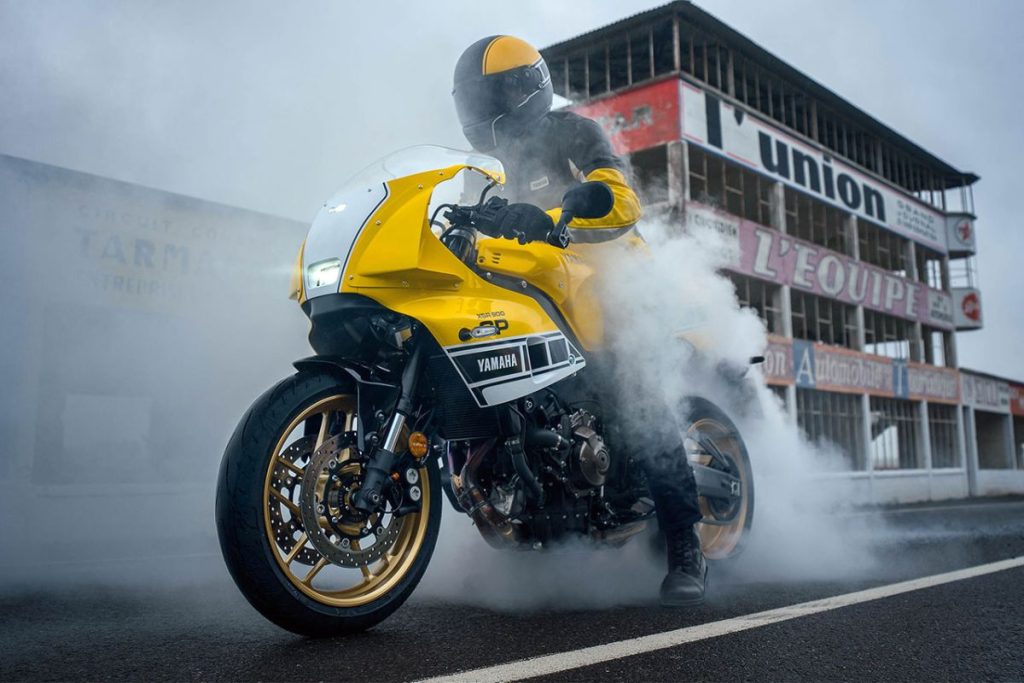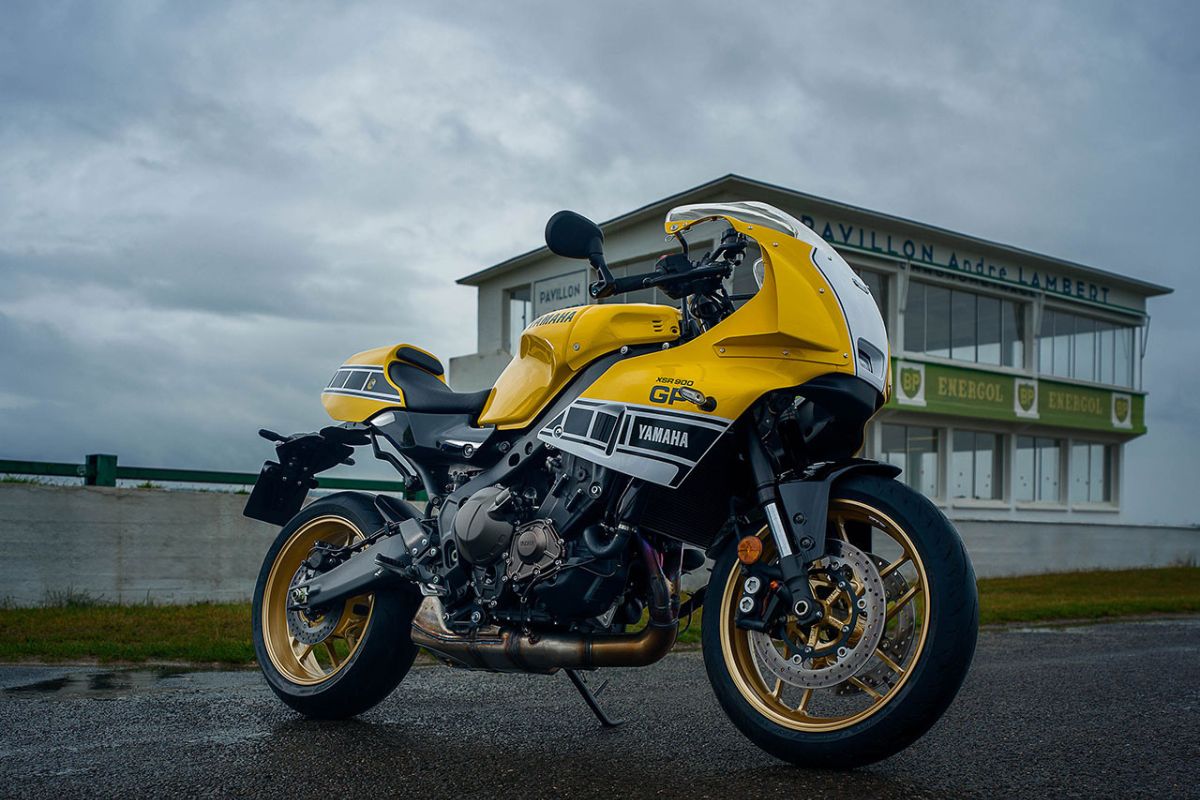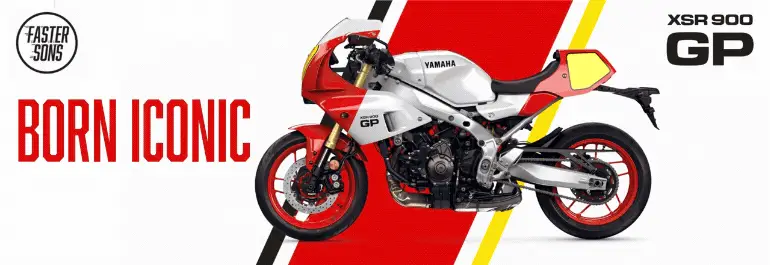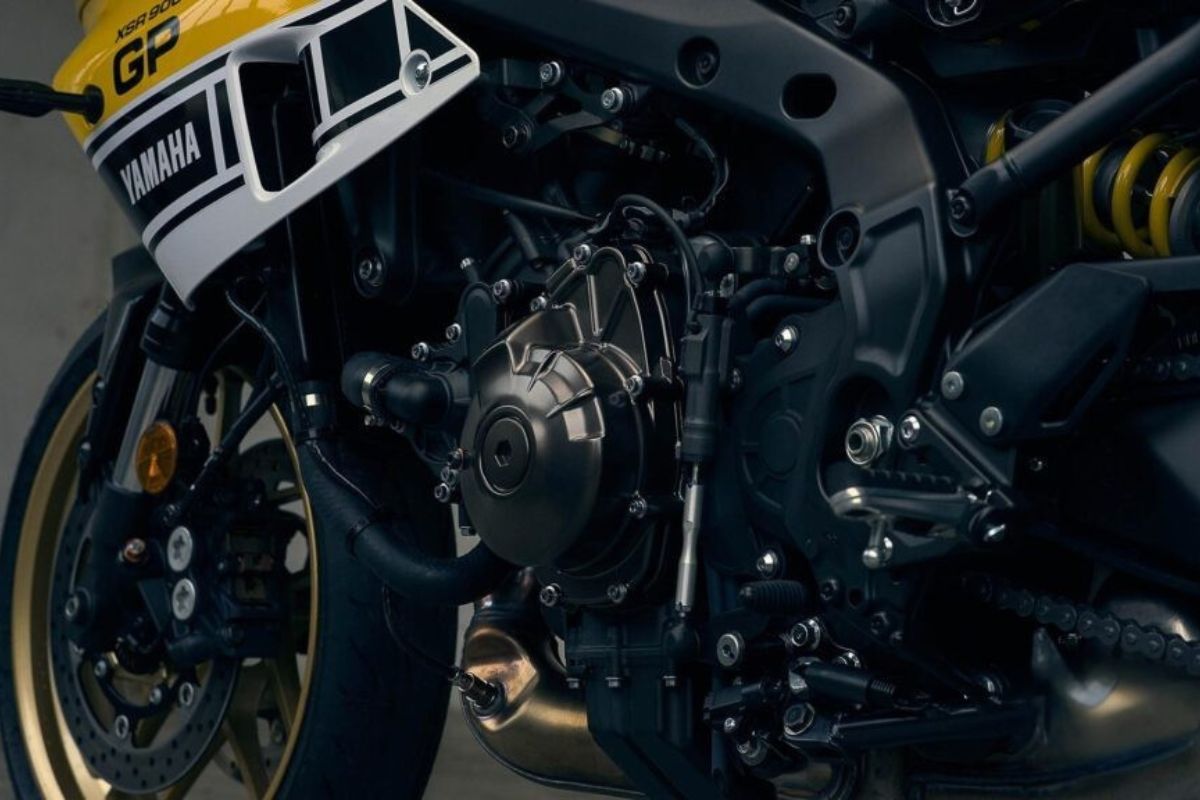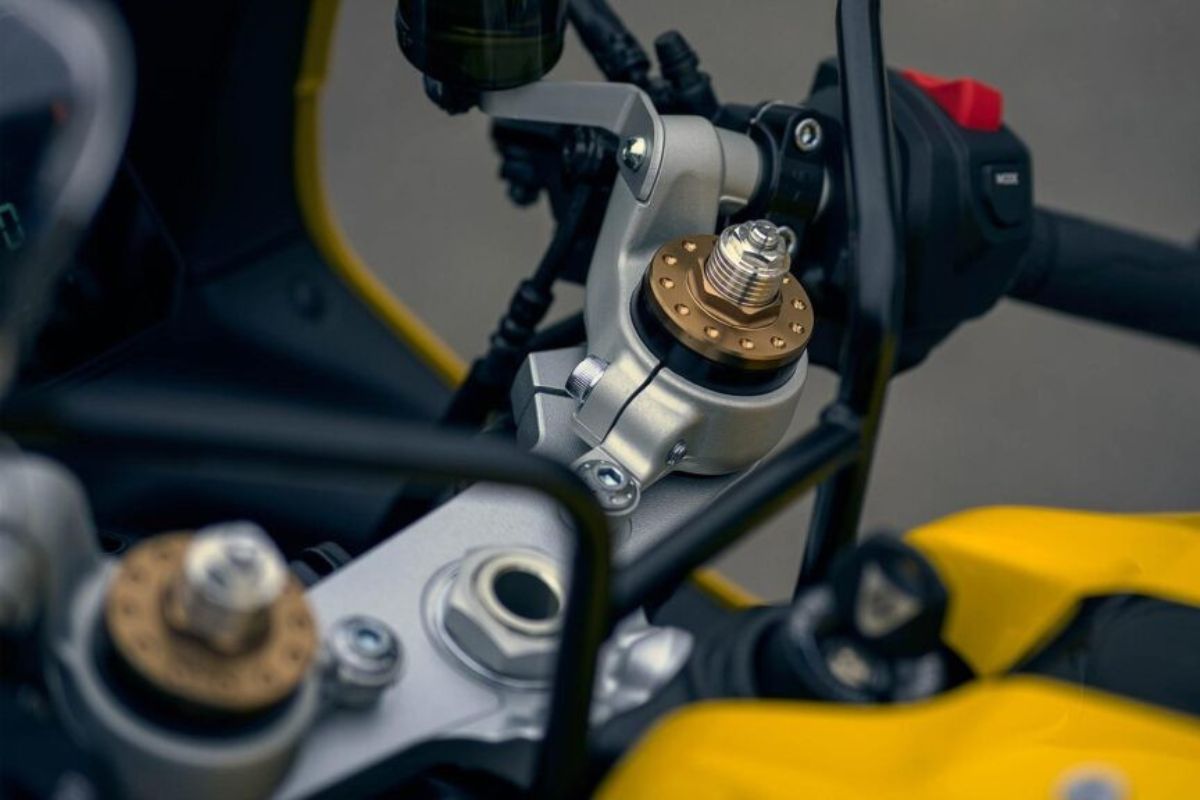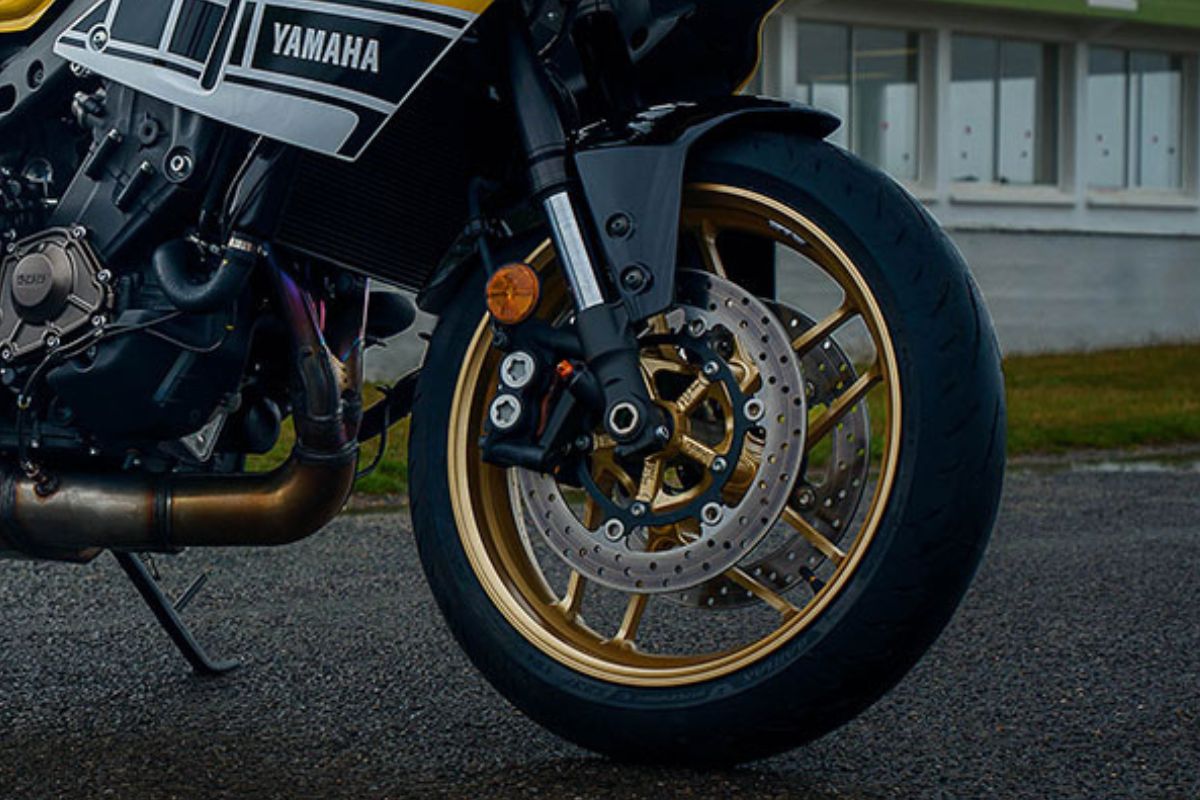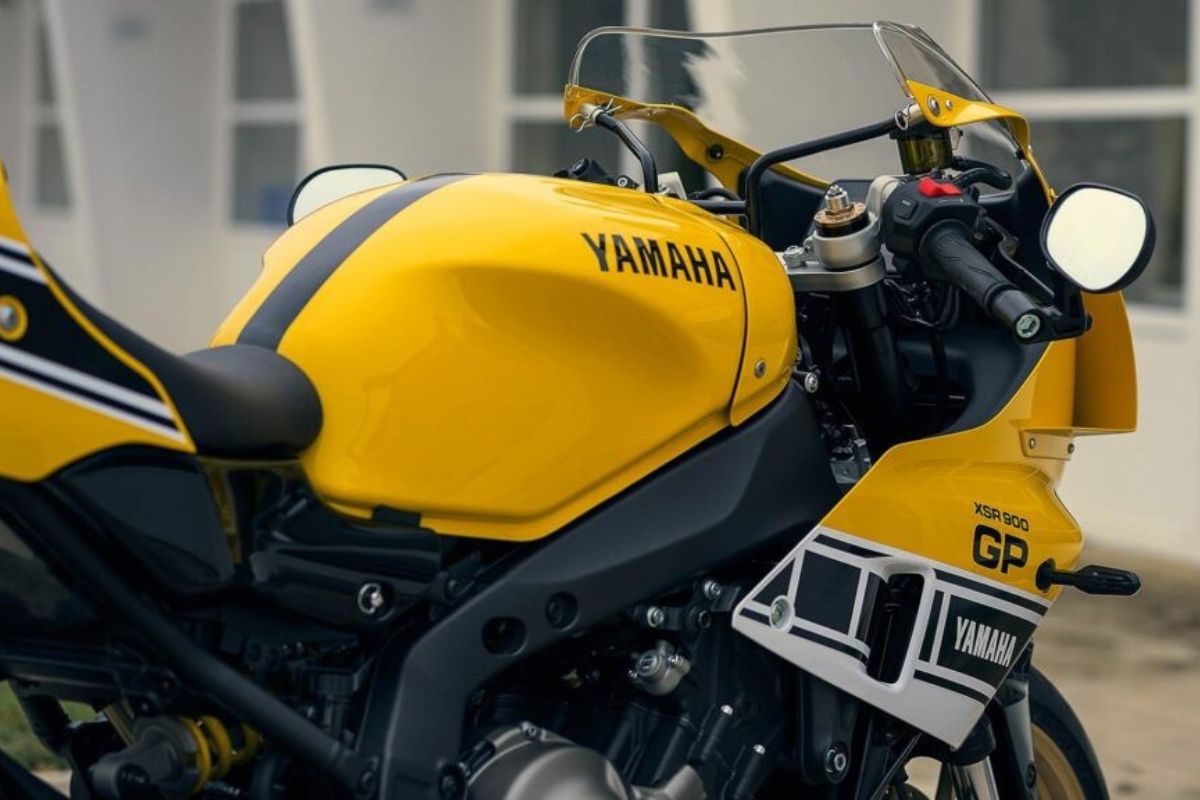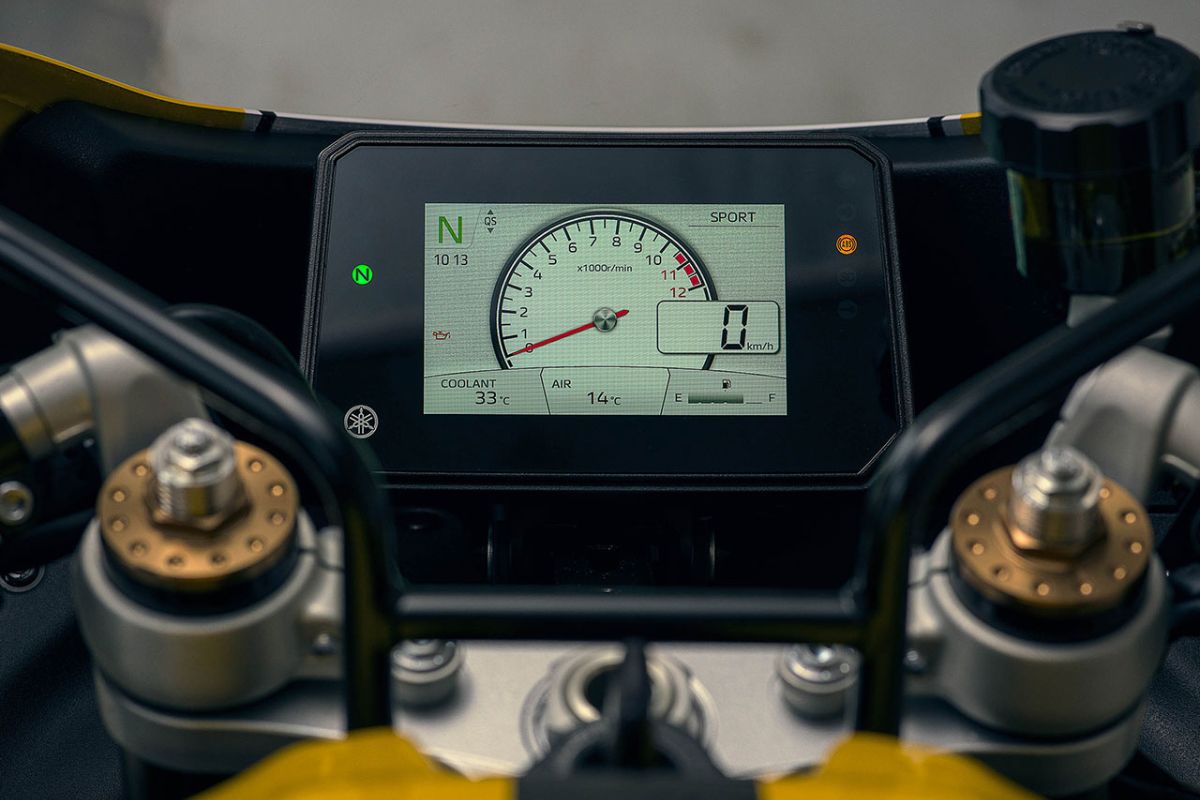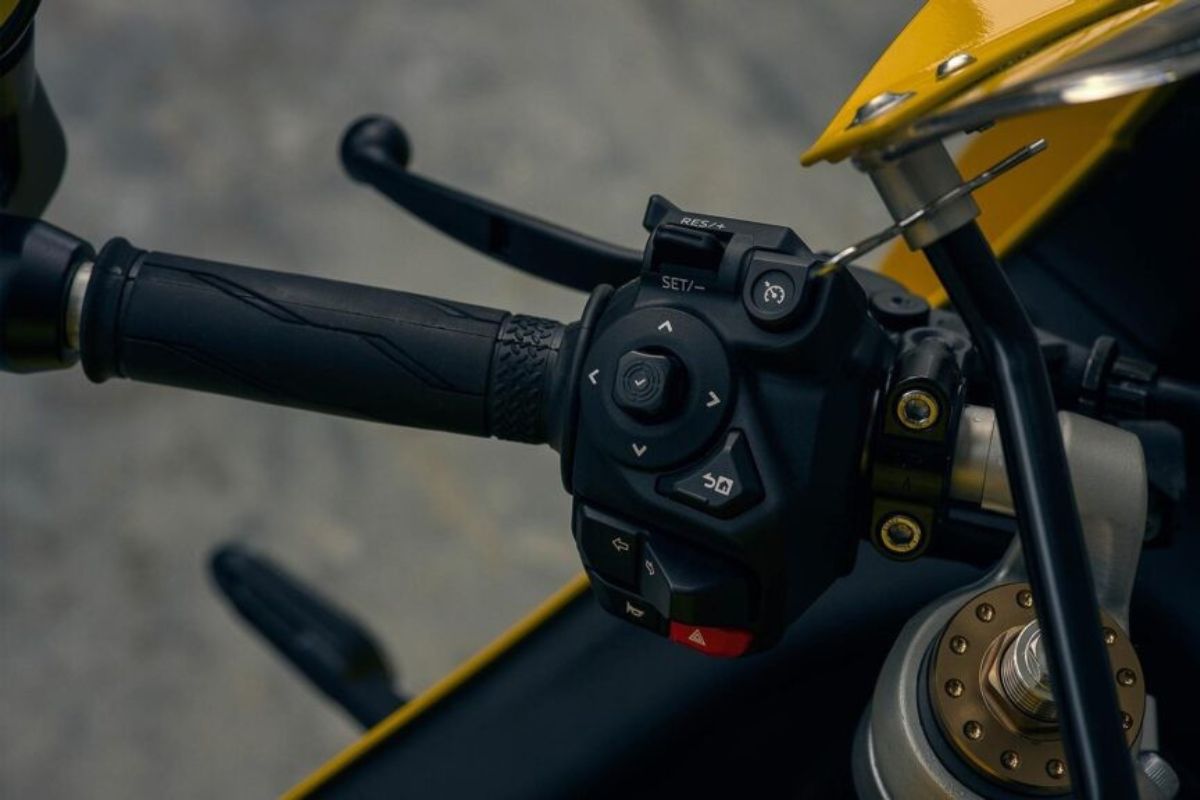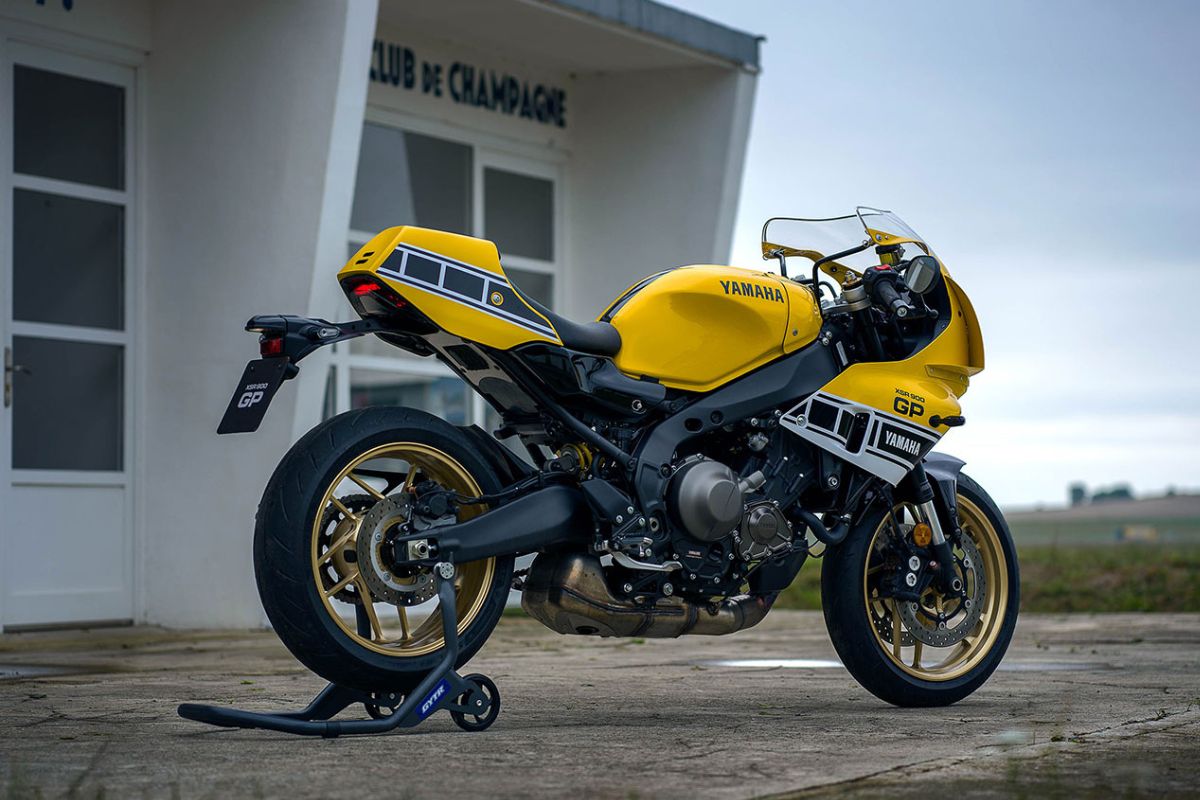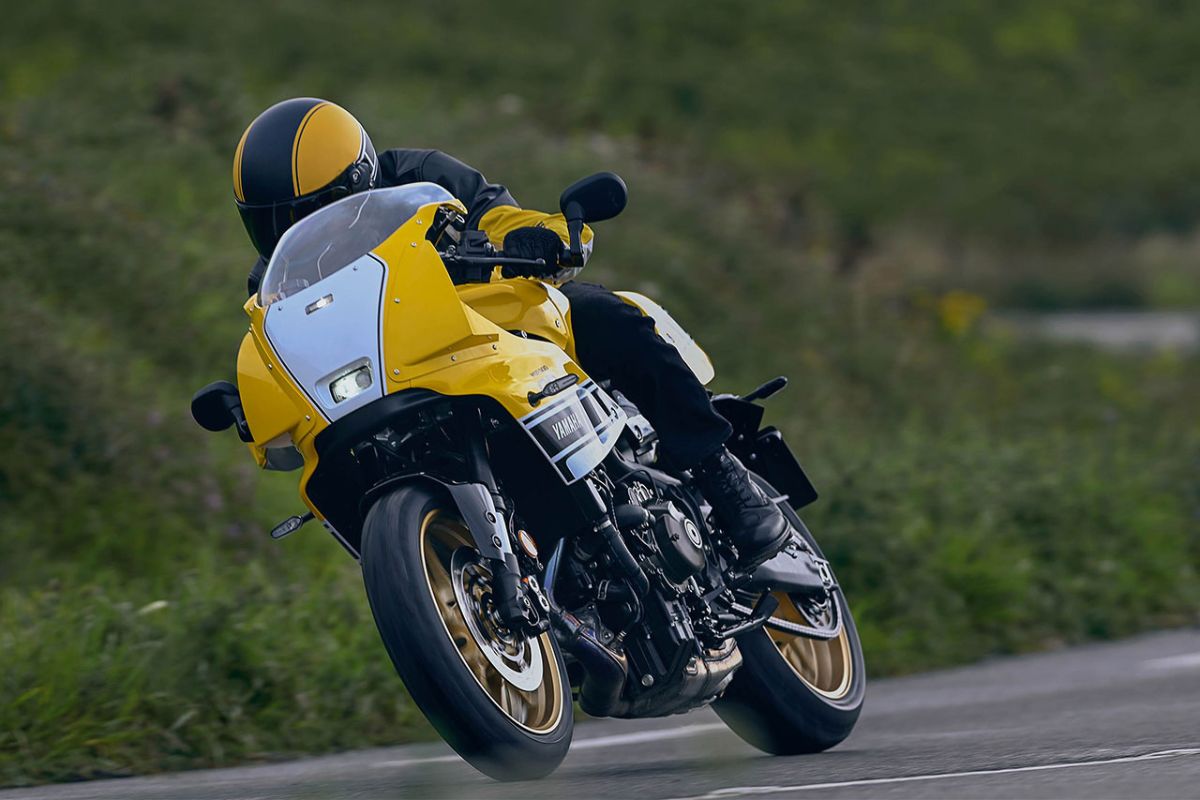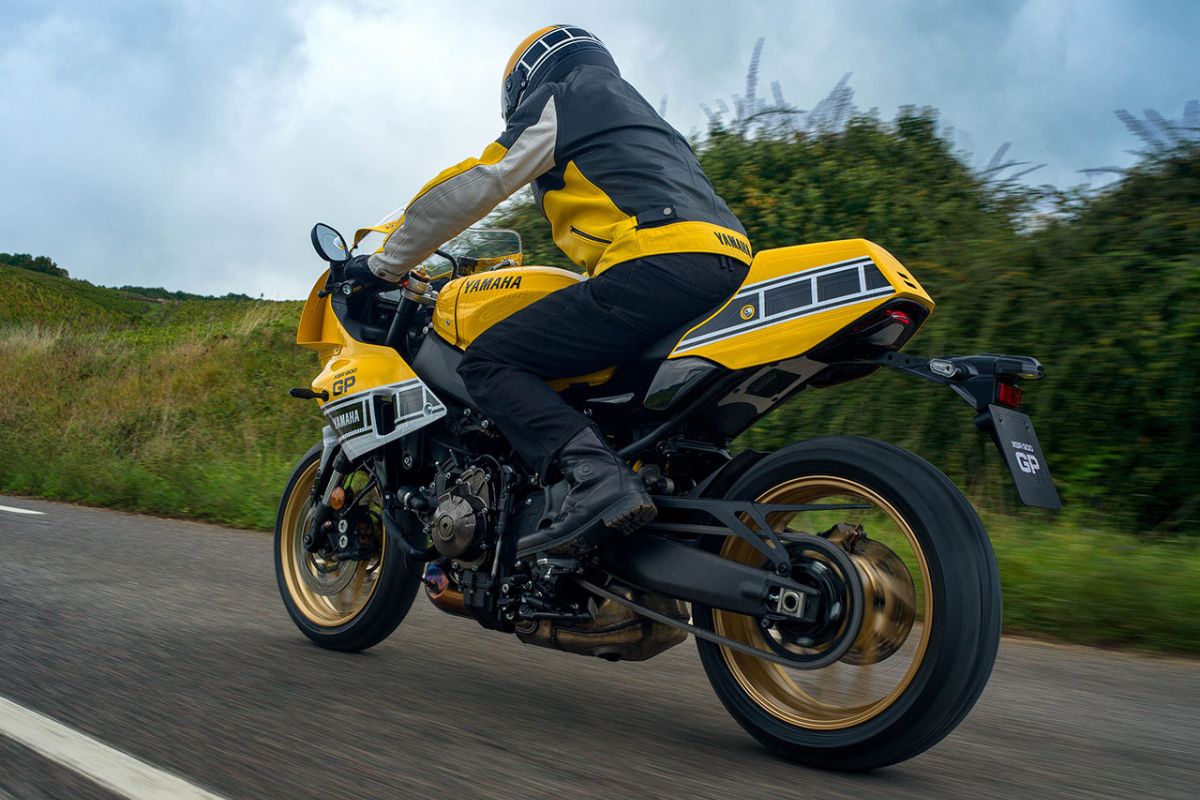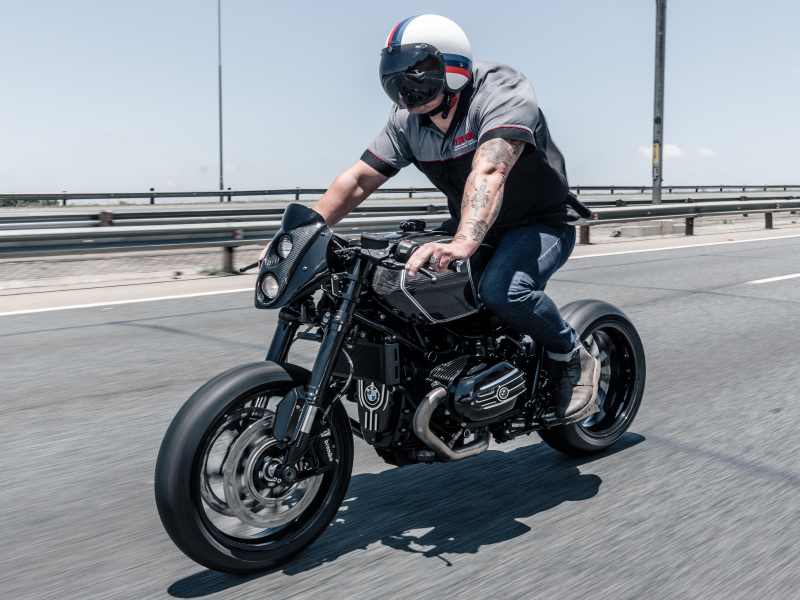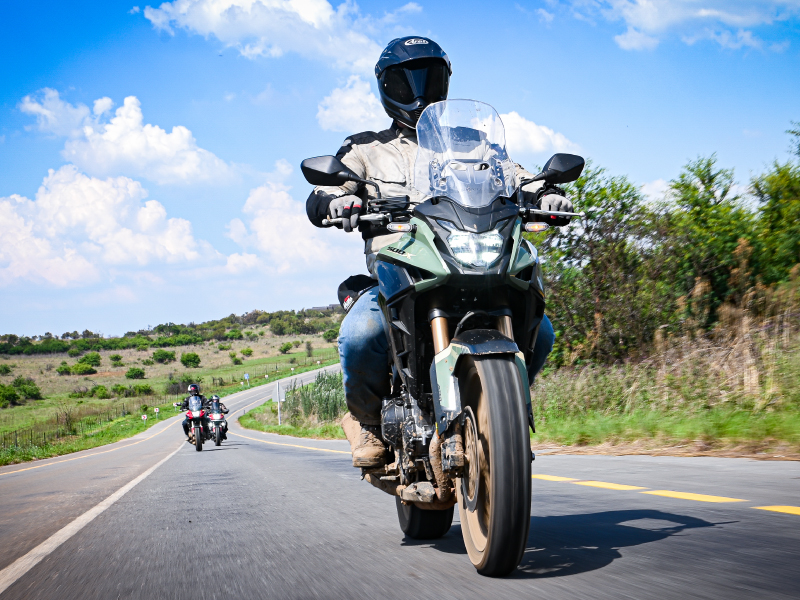Yamaha’s 2026 XSR900 GP wraps modern triple-cylinder hardware into a 1980s-style race fairing. It’s based on the current XSR900 platform, tuned for sportier ergonomics and retro flair. The yellow-and-black “speed-block” paint scheme pays homage to Kenny Roberts’ factory Yamaha GP machines.
Kenny Roberts – The Man in Yellow
Kenny Roberts changed the way that bikes were ridden and built. Racing for Yamaha in the late 1970s and early ’80s, he won three consecutive 500cc World Championships (1978–1980). Roberts was the first American to do it, and his dirt-track background brought the rear-wheel steering style that defined modern GP riding. Off the track, he pushed for better safety and rider rights, helping to professionalise the sport.
His factory Yamaha YZR500s wore the now-iconic yellow and black “speed block” paint, the same livery that today’s XSR900 GP revives as a tribute to his era and his influence on Yamaha’s racing identity.
Engine.
The XSR 900 GP is equipped with a 890 cc liquid-cooled inline-triple (CP3) carried over unchanged from the MT-09/XSR900, producing a claimed 117 hp at 10 000 rpm and 93 Nm at 7 000 rpm. Ride-by-wire throttle, assist-and-slipper clutch and a bidirectional quickshifter are standard.
Power delivery and intervention levels run through Yamaha’s Ride Control system, managed by a six-axis IMU.
Suspension & Chassis.
A die-cast aluminium Deltabox-style frame replaces the tubular unit of earlier XSRs. Fully adjustable 41 mm KYB USD fork up front and link-type KYB shock at the rear, both with around 130 mm travel. Wheelbase stretches to 1 500 mm, ground clearance 145 mm. The claimed wet weight is just under 200 kg. The longer swingarm and revised geometry aim for more stability without dulling response.
Brakes & Wheels.
Braking comes from twin 298 mm front discs with radial-mount calipers, a 245 mm rear disc and cornering ABS. Spin-forged 17-inch alloy wheels wear 120/70 ZR17 and 180/55 ZR17 tyres. Lighter rims trim unsprung mass and sharpen steering feel.
Ergonomics.
Seat height sits at 835 mm. Clip-on bars above the top yoke and rear-set pegs give a mild-sport posture, more aggressive than the naked XSR, less extreme than a supersport. The 14-litre tank keeps the profile slim. The half-fairing channels the 1980s GP look with a removable seat hump and period-style mirrors.
Electronics.
Electronics run through the 6-axis IMU: cornering traction control, slide control, wheel-lift control, and cruise control. Four rider modes plus two custom presets can be selected via switchgear and displayed on the 5-inch TFT. Smartphone connectivity and turn-by-turn navigation are built in.
For info and availability contact your nearest Yamaha Dealer.
Take our money!





